Did you sleep badly on the night between Thursday 18 August and Friday 19 August? Perhaps you had a particularly vivid nightmare or inexplicably woke up much earlier than usual. On that night there was a particularly large full moon, known in August as a Full Sturgeon Moon. Traditionally, a full moon is not only said to be able to turn humans into werewolves, but less excitedly, is a harbinger of a restless night’s sleep.
In a newly published paper, a group of US-based scientists have argued that the female orgasm could have its roots in a mechanism for the release of eggs during sex, one that became redundant with the evolution of spontaneous ovulation.
With the start of the 2016 Summer Olympic Games in Rio de Janeiro, the use of the ancient ‘cupping’ technique by various athletes, to supposedly improve their recovery time and allow for better performance, has been one of the most commented upon aspects of the Games thus far. However, scientists are divided over whether or not the technique has actual physical benefits beyond the creation of a placebo effect.
Research stemming from the EU-funded TERRAGEN project has found that forest fragmentation has prompted a decline in species sensitive to changes in light, moisture and temperature.
As 13 August is recognised worldwide as International Left-Handers Day, there has been an increased focus over the past week on the biological and genetic causes of left-handedness in humans, as well as the health, social and economic ramifications of being a ‘southpaw’.
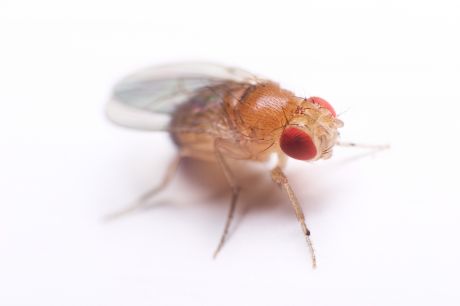
Olfaction is the sense of smell. Enabling organisms to sense different chemicals in the environment, its functions include detecting the presence of food, danger as well as courtship readiness in mates.

Heralded as the future of healthcare, personalised medicine still has a long way to go before it fully replaces traditional practices based on trial-and-error. An EU-funded project has developed a set of tools and services incorporating all legal, ethical and scientific aspects to accelerate its adoption.
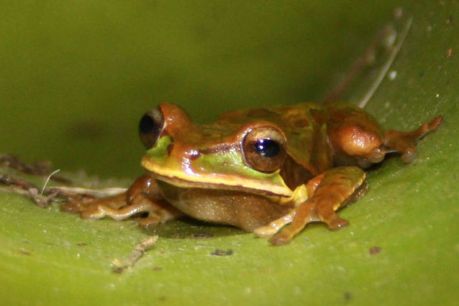
EU-funded ecologists have developed a new theory linking biodiversity to habitat loss. The work has the potential to improve global conservation efforts.
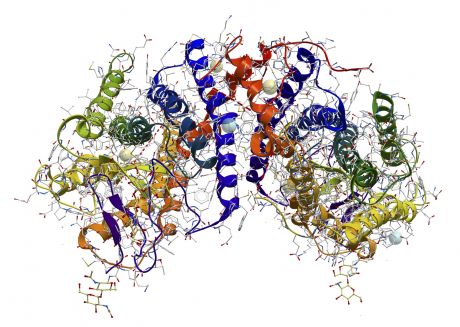
The three-dimensional structure of proteins is central to understanding their function. European researchers focused on the crystallisation of membrane-bound enzymes.
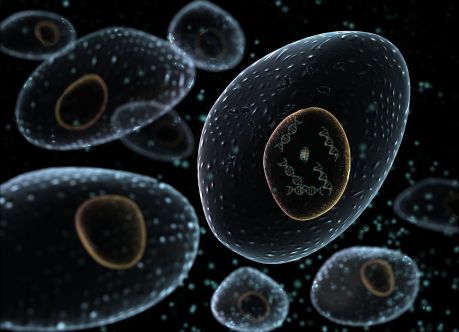
European researchers developed a novel device for visualising the formation of lipid-DNA complexes. It could be used to assess the effect of drug-delivery systems on cell structure.
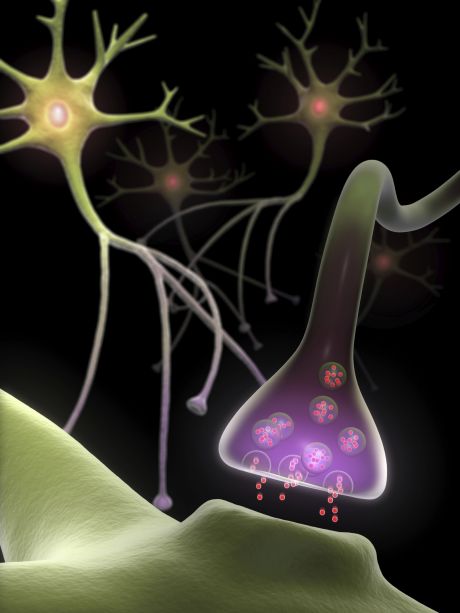
Peripheral nerve damage is a serious cause of disability. A European consortium successfully developed an artificial nerve implant to promote and support the repair of damaged nerves.
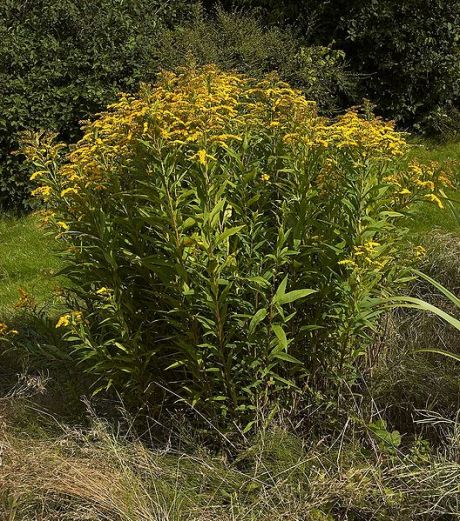
A transcontinental study of a plant in Europe and North America has revealed some of the mechanisms behind the success of invasive plant species
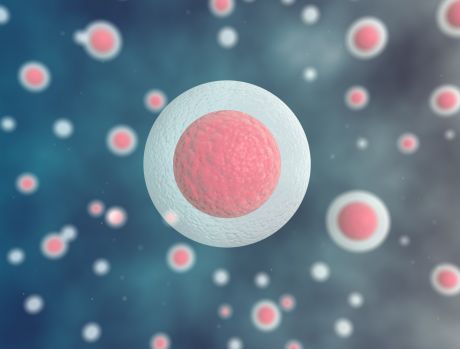
European researchers investigated the structure and activity of a family of proteins responsible for transporting metals out of cells. The results of the study can help prevent metal toxicity in humans and plants.
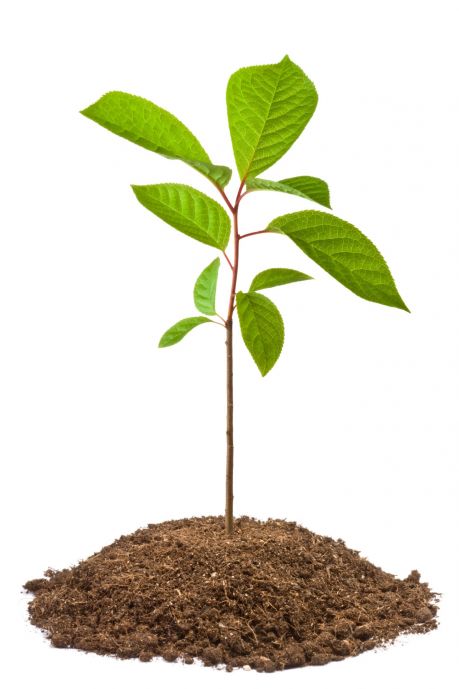
Hosts and pathogens have evolved defensive and counter-defensive strategies with small RNAs acting as key regulators. Researchers studied fungal-plant interactions to elucidate these mechanisms and understand their implications.
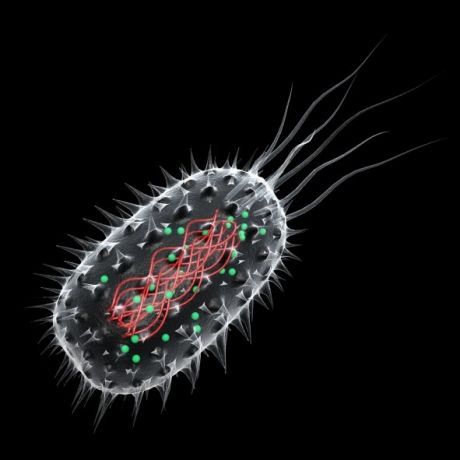
Cilia are microtubule-based cell protrusions with sensory and locomotory functions. Katanin, the microtubule severing protein and changes in the level of tubulin posttranslational modifications affect assembly of proper cilia structure and may represent the underlying cause in ciliary genetic disorders.

Animals inhabiting extreme terrestrial environments present scientists with a unique opportunity to better understand how organisms cope with the challenge of multiple environmental stressors. One example is the invasive earthworm Lumbricus rubellus, which can tolerate the harsh conditions found at Furnas geothermal field on São Miquel Island in the Azores.

Europe’s dairy industry aims to supply consumers with an economically safe food supply that does not compromise the health and welfare of dairy cows. This goal was supported by a joint EU-China project that identified key genes in signalling pathways involving innate immune function.
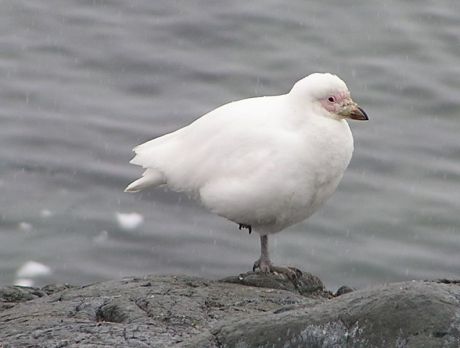
How birds will be affected by climate change was investigated by EU researchers, who used data on North American bird populations to improve species distribution models (SDMs).

Plants reprogramme their metabolism in response to energy scarcity in order to conserve resources. Scientists studied the mechanisms behind restricting energy usage to enhance plant survival in light of food demands from a growing global population and the threat of climate change.

Congenital adrenal hyperplasia (CAH) causes disorders of sexual development in both sexes. One of the most common inherited metabolic disorders, it occurs in 1 in 10 000 children and is normally the result of mutation in just one gene.

EU-funded researchers have developed a nano-scale device capable of measuring mechanical movement at incredible levels of precision. This can impact high tech businesses ranging from mobile phone makers to automotive manufacturers.

European scientists followed a cross-disciplinary approach to uncover the mechanisms of action and functional roles of a novel class of PI 3 kinases. Their findings open up new avenues for therapeutic exploitation of these molecules.

Plant biologists funded by the EU have investigated the defences employed by plants when under attack from insect herbivores.

Jets are seen in almost every interesting collision at the Large Hadron Collider (LHC). EU-funded physicists improved the way their properties are determined to reveal details of the collisions that produced them.
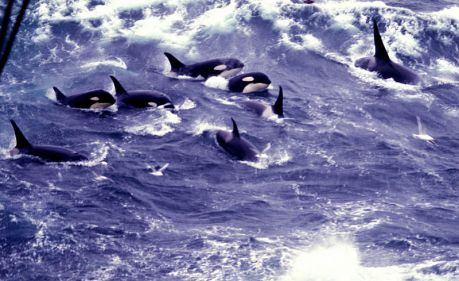
A new study has revealed that killer whale dialects evolve in much the same way as human language, and as such represent a form of animal culture.



















